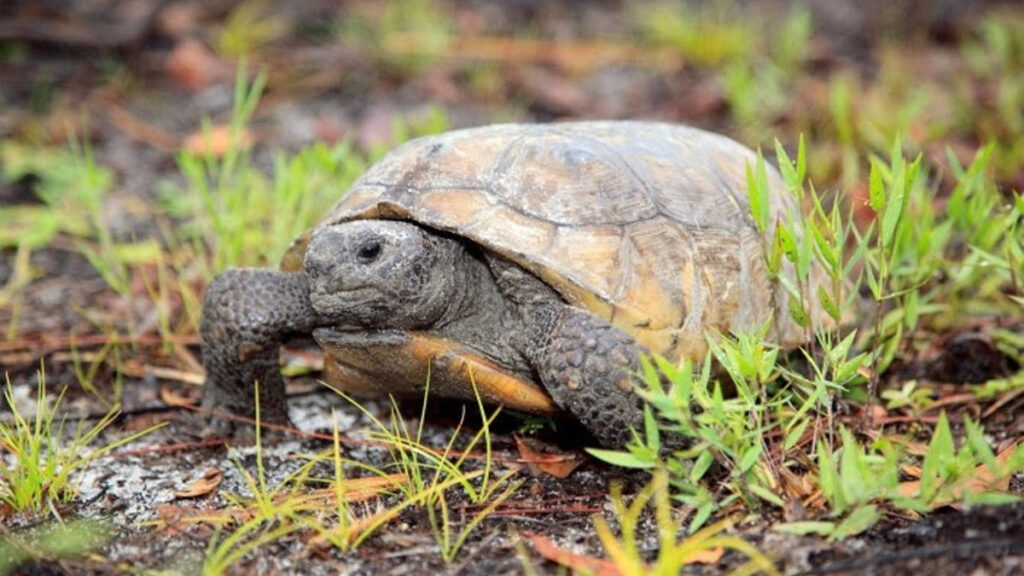The Florida Fish and Wildlife Conservation Commission (FWC) has scheduled two public webinars to ask questions about the agency’s draft revisions to the Gopher Tortoise Permitting Guidelines.
“The goal of the proposed revisions is to better protect gopher tortoises by incentivizing relocations to protected recipient sites, clearly defining roles and responsibilities in the relocation process, and clarifying other provisions in the guidelines,” FWC said in a statement.
The agency will provide key revisions and information in the guidelines so participants will have the opportunity to ask questions.
Webinars are scheduled for the following dates:
- Wednesday, Sept 7, 8:30-10:30 a.m. ET
- Wednesday, Sept 14, 3-4:30 p.m. ET
In addition, written comments will be accepted between Aug. 24 – Sept. 23, 2022.
Information on the draft guidelines, instructions on how to join the webinars, and a link to the comment survey are available on Gopher Tortoise Program website, and a copy of the presentation will be available on the same page following the webinar.
Individuals who would like to comment but are unable to do so in the specified timeframe or prefer an alternate format in which to comment should contact Katherine.Richardson@MyFWC.com.
The gopher tortoise is a state-listed Threatened species. The Gopher Tortoise Management Plan and associated Guidelines provide the management framework for gopher tortoise conservation in Florida.
The Gopher Tortoise Permitting Guidelines clarify protections, outline activities where permits are needed, provide methods and qualifications for individuals conducting gopher tortoise relocation, and outline requirements for sites that receive gopher tortoises.
In 2008, the initial Guidelines were approved, and several revisions over the years have allowed for continued improvement in the permitting process and in conservation for the species.
Gopher Tortoise
The gopher tortoise is one of the oldest living species on the planet, originating about 60 million years ago, according to The Nature Conservancy.
They are one of the oldest living species on the planet and the only native North American tortoise species east of the Mississippi River from southern South Carolina through the southern half of Georgia, into Florida, and west into southern Alabama, Mississippi and Louisiana.
Unfortunately, the gopher tortoise is nearly extinct in South Carolina and Louisiana and rare in Mississippi and Alabama.
Nesting season is from late April to Mid-July, with hatchlings emerging from late August through early November.
They can live to be over 90 years old.
The main threat to gopher tortoises is habitat loss. Habitat fragmentation pushes their populations closer to more hazardous areas near people. Roadsides can be lethal, as can hunters who destroy burrows looking for rattlesnakes. Illegal collection for the pet trade or as food further reduces populations.
There has been an 80 percent decline in gopher tortoise populations during the last 100 years, and more declines are expected with additional habitat loss.
